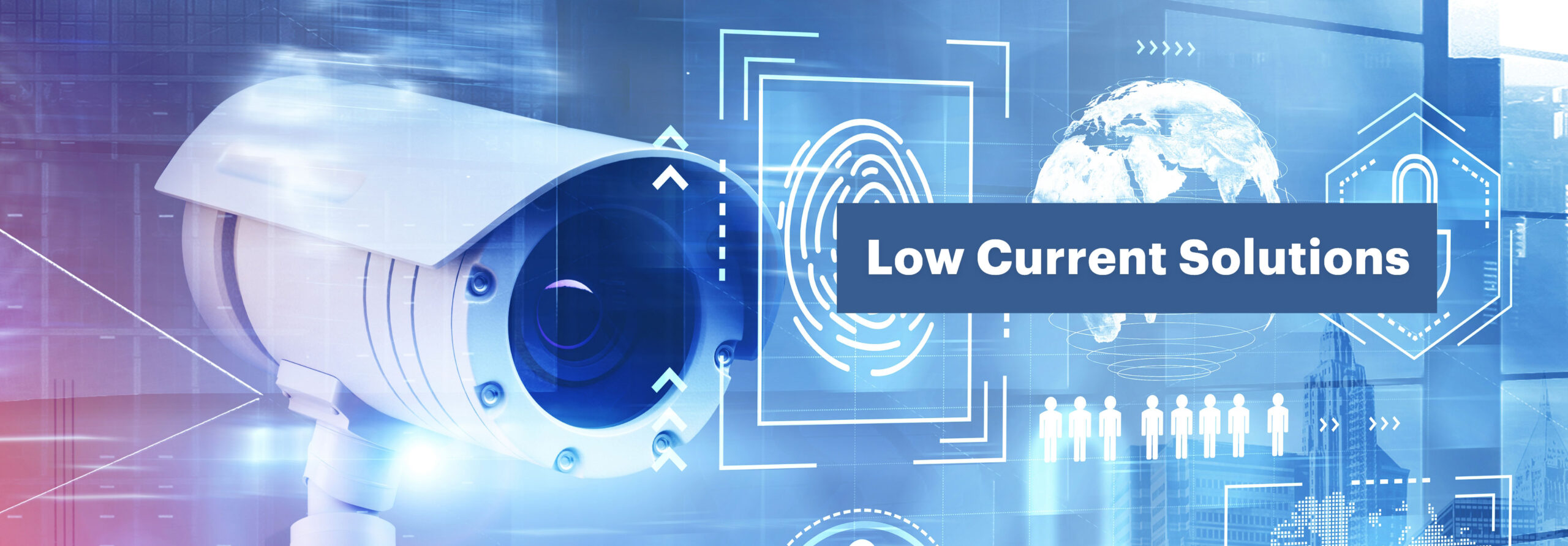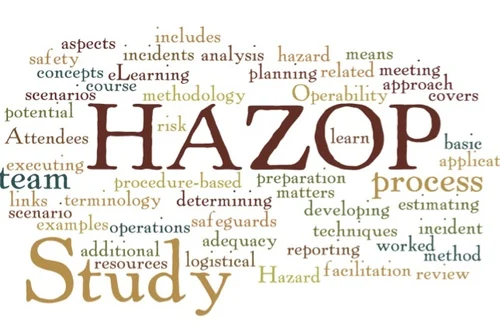Low current systems have become an essential part of modern building infrastructure, offering advanced solutions for security, communication, automation, and energy efficiency. As technology continues to evolve, the demand for these systems is rising rapidly, transforming how buildings are designed and operated. From commercial complexes to residential buildings, low current systems ensure seamless integration of various electronic components, making infrastructure smarter and more efficient.
Understanding Low Current Systems
Low current systems refer to electrical networks that operate at low voltage and current levels, typically below 50V. These systems are primarily used for communication, security, and automation purposes. Unlike high-voltage electrical systems, low current systems focus on transmitting data, signals, and low-power energy, making them safer and more efficient for modern infrastructures. Common applications include structured cabling, fire alarm systems, access control, CCTV surveillance, public address systems, and home automation.
The Rising Demand for Low Current Systems
With the increasing focus on smart infrastructure and automation, the demand for low current systems has surged. Businesses and homeowners are recognizing the advantages of integrating these systems into their buildings to enhance security, connectivity, and operational efficiency. The rapid urbanization and technological advancements have further contributed to the widespread adoption of low current systems, as they offer sustainable and cost-effective solutions for modern infrastructure challenges.
How Low Current Systems Are Transforming Building Infrastructure
1. Enhancing Security and Surveillance
One of the most significant benefits of low current systems is their role in security and surveillance. CCTV cameras, access control systems, and biometric authentication rely on low current technology to provide real-time monitoring and protection. With the rise in security concerns, integrating advanced surveillance systems has become a necessity for commercial and residential buildings.
2. Improving Communication Networks
Modern buildings require efficient communication systems to ensure seamless connectivity between different departments and occupants. Structured cabling, intercom systems, and data networks powered by low current systems enhance communication within office buildings, hospitals, hotels, and residential complexes. These systems facilitate high-speed data transmission while reducing power consumption and maintenance costs.
3. Enabling Smart Automation and Energy Efficiency
Smart building automation relies heavily on low current systems to control lighting, HVAC, and other electrical components. Automated systems allow remote monitoring and control, optimizing energy usage and reducing operational costs. With growing environmental concerns, low current systems are playing a crucial role in creating sustainable buildings with minimal energy wastage.
4. Supporting Fire Safety and Emergency Response
Fire alarm systems, emergency lighting, and evacuation management are critical aspects of building safety. Low current systems ensure these systems function efficiently, providing early detection and quick response during emergencies. Fire alarm sensors, smoke detectors, and voice evacuation systems operate on low voltage to alert occupants and prevent potential disasters.
5. Enriching Public Address and Audio-Visual Systems
Public address systems and audiovisual solutions are essential in commercial spaces, educational institutions, and entertainment venues. Low current technology enables high-quality sound distribution, conference systems, and digital signage, ensuring effective communication and engagement. Whether for corporate meetings, public announcements, or entertainment events, these systems provide a seamless experience.
Why Businesses and Developers Are Investing in Low Current Systems
The rising demand for smart infrastructure has led businesses, property developers, and facility managers to invest heavily in low current systems. They offer significant advantages, including cost savings, improved security, enhanced connectivity, and energy efficiency. Governments and regulatory authorities are also emphasizing the implementation of these systems in new construction projects to meet modern safety and environmental standards.
Choosing the Right Low Current System Solutions
Selecting the right low current solutions requires expertise and experience. Partnering with a trusted provider like Manikaran Enterprises ensures that businesses receive customized solutions tailored to their infrastructure needs. From design and installation to maintenance and support, a professional approach guarantees seamless integration and long-term reliability.
For those seeking reliable electrical and low current solutions, Top Electrical Solutions Company in Rajasthan provides cutting-edge services that align with modern infrastructure demands. Investing in quality Low Current Systems not only enhances operational efficiency but also future-proofs buildings for technological advancements.
Conclusion
Low current systems have become the foundation of modern infrastructure, playing a crucial role in security, communication, automation, and energy management. As the need for smarter and safer buildings continues to rise, these systems will remain integral to the future of construction and facility management. Whether for residential, commercial, or industrial applications, integrating low current solutions ensures a connected, secure, and efficient environment, making them a critical component in today’s infrastructure landscape








